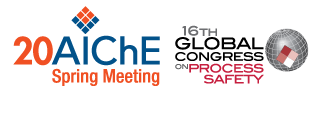

The errors of PHA documentation can range from:
Small impacts such as:
- Spelling typos
- Grammar/punctuation errors
- Empty rows which may require document clean up
To larger impacts such as:
- Unintentionally leaving high risk scenarios without follow up recommendations, thus leaving an unacceptable risk exposure at site.
- Mismatches between the amount of safeguards applied for risk reduction versus the likelihood change recorded
- Listing a unique safeguard multiple times in a scenario, artificially reducing the risk
Companies with a mature PHA process often have internal cycles of Quality Assurance to catch these types of issues and minimize any large impact errors. Unfortunately, these processes are often quite manual and rely on spot checks as people are not usually able to be allocated the amount of time required to check every row of data in a PHA. Even if a person was allotted reasonable time to review a PHA in its entirety, it is very unlikely that a person can catch all errors. If a PHA cannot be reviewed in its entirety after its completion, there will always be a chance that something critical can be missed.
Thankfully, as many of these Quality Assurance items have a repeatable logic based process when checking, many parts of this PHA QA cycle can be automated. This study shows the application of an automated PHA QA tooling process and real case examples of the time savings and high impactful items that can be flagged. The ideal goal is this process is to bring high impactful PHA Documentation errors to zero, thereby properly capturing the teams intent during the PHA Session, and ensuring the highest possible quality of this legal document of risk.
Presenter(s)
Language
Pricing
Individuals
| AIChE Member Credits | 0.5 |
| AIChE Pro Members | $19.00 |
| Employees of CCPS Member Companies | Free |
| AIChE Graduate Student Members | Free |
| AIChE Undergraduate Student Members | Free |
| AIChE Explorer Members | $29.00 |
| Non-Members | $29.00 |
